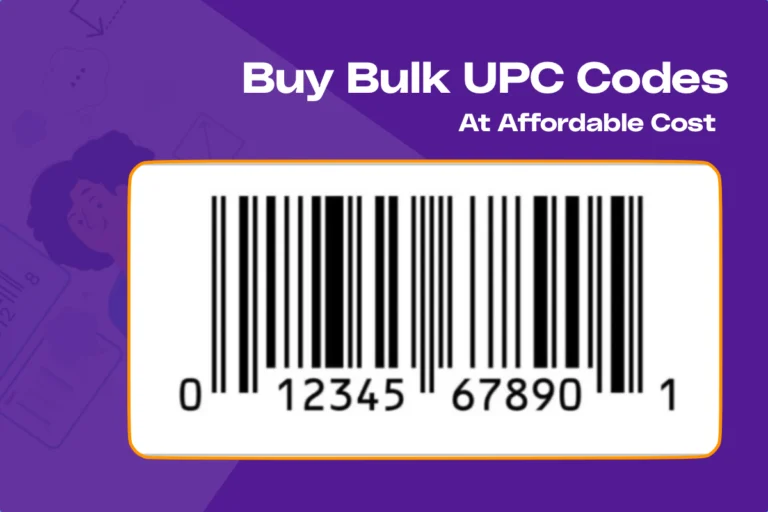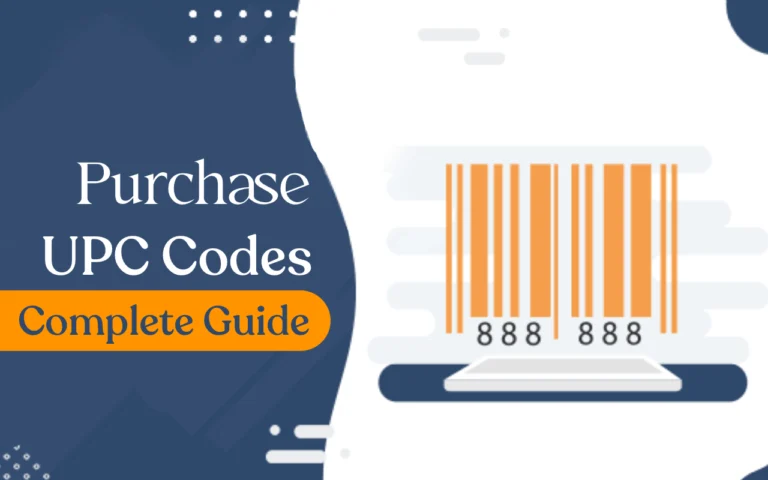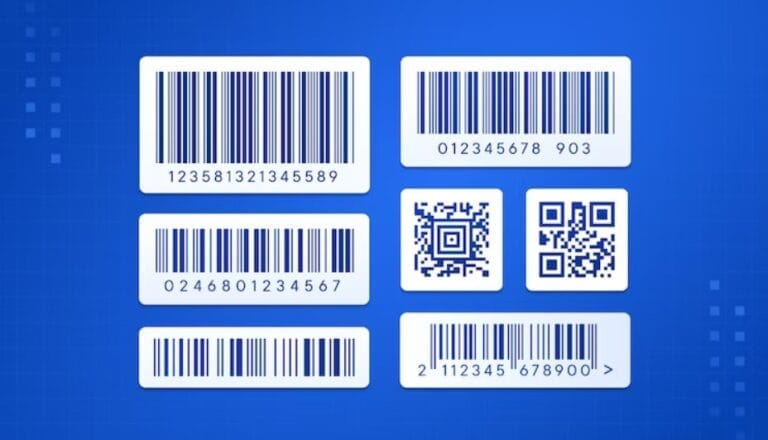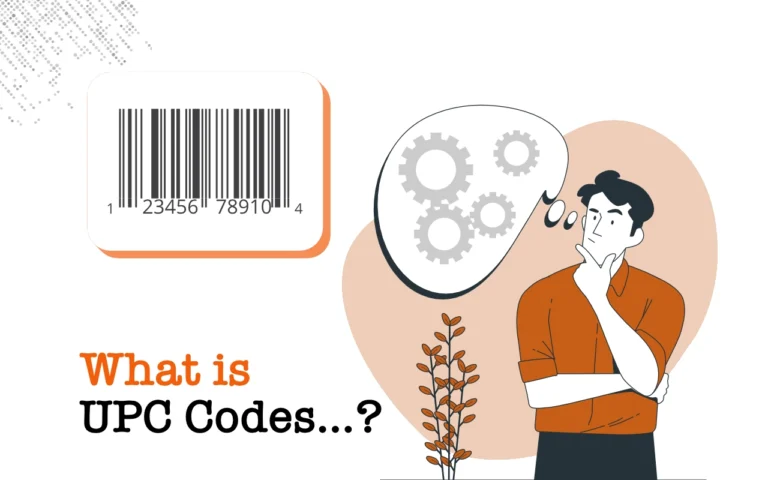UPC is a barcode symbol that is widely used in the United States, Canada, United Kingdom, Australia, New Zealand, in Europe and other countries for tracking trade items in stores.
UPC (technically refers to UPC – A) consists of 12 numeric digits, that are uniquely assigned to each code item. Along with the related EAN barcode, the UPC is the barcode mainly used for scanning of trade items at the point of sale, per GS1 specifications. Cheap UPC code for Amazon data structures are a component of GTINs and follow the global GS1 specification, which is based on international standards. But some retailers (clothing, furniture) do not use the GS1 certified UPC codes system (rather other barcode symbols or article number systems). On the other hand, some retailers use the UPC/EAN barcodes for Amazon symbols, but without using a GTIN (for products sold in their own stores only).
History
There was an automated checkout system in 1932 using punched cards. There was developed a bull’s eye style code and applied for the patent in 1949. In the 1960’s railroads experimented with a multicolour barcode for tracking rail cars, but they eventually abandoned it.
A group of grocery industry trade associations formed the Uniform Grocery Product Code Council which, with consultants defined the numerical format of the Uniform Product Code. Technology firms including IBM, Litton-zellweger general proposed alternative symbol representations to the council. In the end the symbol selection committee chose to slightly modify, changing the font in the human readable. The first UPC marked item ever scanned at a retail checkout was at the Marsh supermarket in Troy, Ohio at 8:01 am on June 26, 1974, and was a 10 pack of juicy fruit chewing gum. The shopper made the first UPC scan. The NCR cash register rang up 67 cents. The entire shopping cart also had barcode items in it, but the gum was the first one picked up. This item went on display at the Smithsonian institution’s national museum of American history in Washington.
Each UPC-A barcode consists of a scan able strip of black bars and white spaces above a sequence of 12 numerical digits. No letters, characters or other content of any kind any appear on a UPC-A barcode. There is a one to one correspondence between 12 digit number and strip of black bars and white spaces; there is only one way to represent each 12 digit number visually and white spaces numerically.
The scan able area of every UPC-A barcode follows the pattern, where S- smart, M- middle, E- end guard patterns are represented the same way on every UPC-A barcode and the L- left and R- right sections collectively represent the 12 numerical digits that make each UPC-A unique. The first digit L indicates a particular number system to be used by the digits. The last digit R is an error detecting check digit that allows some errors to be detected in scanning or manual entry. The guard patterns separate two.
For the further details, you may contact on this number –
Cheap UPC Codes +919773510965 (India customer support), USA Support: +15123571020… Email – [email protected]






